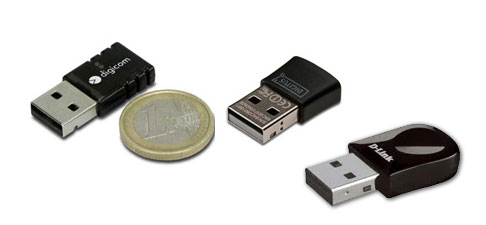
If you buy an 802.11ac AP now you're really buying for future use. Soon, there will be a lot of new gear that supports 802.11ac as clients. For example, if you buy an 802.11ac AP you'll still be limited to your older devices' maximum speeds. 3) Backwards CompatibilityĪll 802.11ac devices will support older Wi-Fi technologies such as your 802.11n-equipped laptop or even your old 802.11g network bridge. That said, life is always miserable for Wi-Fi users in hotels and large meetings rooms. But, if you're in at a convention center with hundreds of 802.11ac devices I suspect you'll need to be much closer to an AP to get a signal.


While no one seems to have published much on what this means, I expect it means that if you're in an environment with few 802.11ac devices, say eight, you'll actually see excellent range.

With 802.11ac the signal is broadcast directly from the access point (AP) to a specific device and back again. For the Wi-Fi access point in your office today, the signal is omni-directional-it forms a communications sphere around the device. The bad news is that a 5GHz signal has less range.Īt the same time, 802.11ac has another feature, beam-forming, that gets around the general 5Ghz range problem. The good news about that is that there's far more room in that frequency spread than there is in the over-used 2.4GHz. 2) Working out the rangeĨ02.11ac only supports the 5GHz frequency. It is, however, a lot faster than you'll see then with any combination of 802.11n gear. That's great, but it's not gigabit great. The fastest speeds here in CNeET/ZDNet land we've seen to date came from the NetGear R6300 WiFi Router, which hit a high of 331Mbps. The "unofficial" 802.11ac devices that have been shipping for the last few months, and the first generation of the standard 802.11ac devices aren't likely to hit these speeds even on a testbed. This chipset only supports a single stream so, even in the best of all possible worlds, you'll only see 433Mbps. Client devices must only support one.įor example, the Samsung Galaxy S4 supports 802.11ac with the Broadcom BCM4335 Wi-Fi chipset.

A typical 802.11ac access point can support up to eight data streams. To reach the highest speeds you need three data-streams, each of which can run up to 433 Megabits per second (Mbps). That's because the conditions you need to reach that speed requires a laboratory not your office. Practically speaking the Alliance claims that "this means a network can support simultaneously streaming multiple HD-quality videos to multiple devices."įair enough, but in practice you're not likely to see an 802.11ac reach its theoretical maximum of 1.3 Gigabit per second (Gbps). The Wi-Fi Alliance claims that Wi-Fi Certified 802.11ac can deliver data rates up to more than double those of a typical 802.11n network. True, 802.11ac access points working with 802.11ac devices will give you faster data transmission feeds than 802.11n. 1) 802.11ac is not going to give you a Gigabit of throughput Gigabit Wi-Fi, 802.11ac, is officially here, but what does that really mean? Here's my list of the five things you need to know before you invest in this new wireless technology. 41 impressive questions to ask in a job interview


 0 kommentar(er)
0 kommentar(er)
